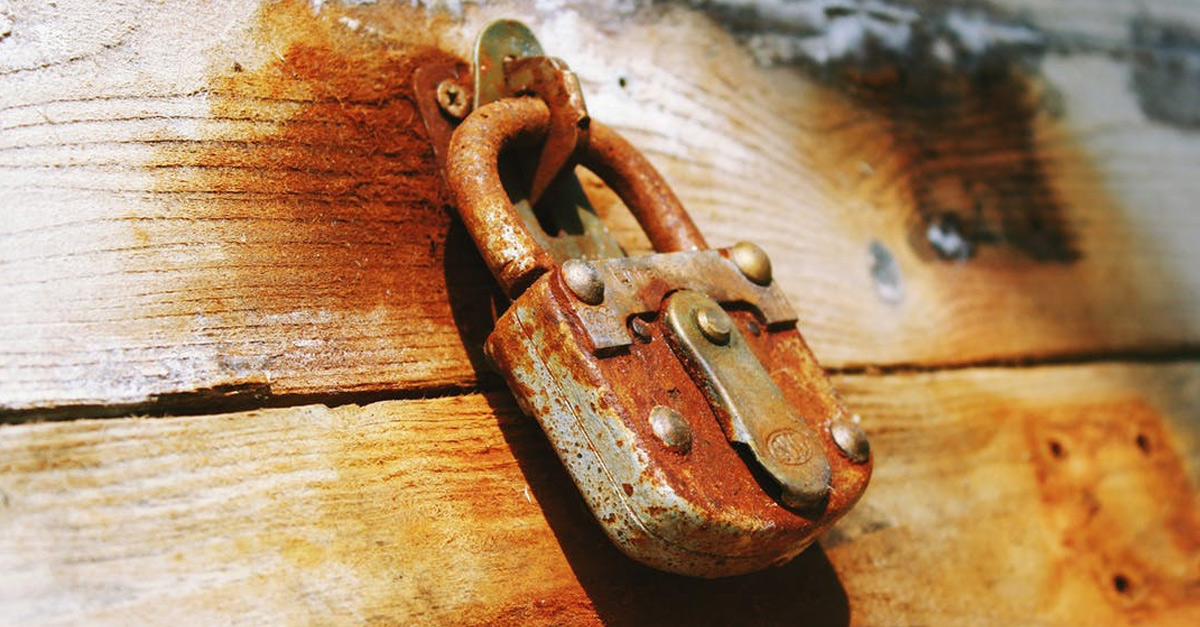
In the middle of the room on a table is a gigantic hourglass filled with sand. All around you are padlocked cabinets and drawers. “Ready?”, asks the employee, and when you and your group say yes, he turns the hourglass over and leaves the room. The door locks: you’ll need to find the master key to escape, and you only have one hour to do so. Now it’s time to find hidden clues that will tell you how to open those locks.
Escape rooms have become popular throughout the United States and the world. Escape rooms often have a theme, ranging from medieval castle to prison cell to space station, and a short narrative that sets the stage for the escape. Most of these setups are designed for teens and adults and require teamwork and rigorous problem-solving skills. Recently, educators have seen potential for this adventure game for school learning. The Atlantic reports how Nicole Naditz is using the escape-room concept in her 12th grade classroom in Sacramento California.
Naditz shares a narrative with her class before the game begins. The inventor Claire Levine has been kidnapped, and her robot has been reprogrammed to destroy a hospital. To save it, students must activate the kill switch inside a box—but they need to get through four padlocks to do so, and they’ve only got 45 minutes. Multiple locked boxes and clues are scattered through the room—deciphering these leads to hidden keys and combination passwords. There’s a black-light flashlight that reveals hidden messages, and a QR code that directs players to a video containing a four-digit code.
In explaining why escape room games are so successful for learning, The Atlantic turns to Scott Nicholson, a professor of game design and development at Wilfrid Laurier University in Ontario, Canada. According to Nicholson, “escape rooms create a moment of passion around specific topics that then can be used as the spark to then ignite interest in something for a player to learn more about later.”
Homeschool parents and maybe even homeschool groups could make use of this same concept for learning. For example, the answers to a series of math problems could provide the digits to open a lock: this could work with simple addition facts but also more advanced math like algebra where the student needs to solve for X to find the number. If the actual mechanics of a locked room isn’t feasible, just have the students use their imagination such that in getting caught up in the story, they know they have to complete the narrative in order to “escape” In addition, for multiple students, consider whether it could work as a team-building exercise (strengthening sibling bonds) or maybe it would work best as an outlet for competition (see which brother can “escape” the fastest). Of course, just like with actual escape rooms, helpful hints can be provided when adventurers get stuck.
In addition to use for math facts, here are some other ideas for themed learning adventures:
● Vocabulary extension where students must make use of a dictionary to find clues while inadvertently learning new words.
● History: students fill out a sheet with facts they learn (from various books hidden around the room) about a historical person, event, or time period. The first sentences of each filled-blank spells the location of the key.
● State capitals: students must find hidden puzzle pieces around the room and place them in the appropriate places to finish the puzzle.
Your imagination is the limit when it comes to utilizing this game for your students’ learning. You could even get your spouse or older siblings to help design games for your students. The beauty with this, as with any exciting educational game, is that your child will be so busy having fun that they won’t even realize that their learning!




Nice post!!!